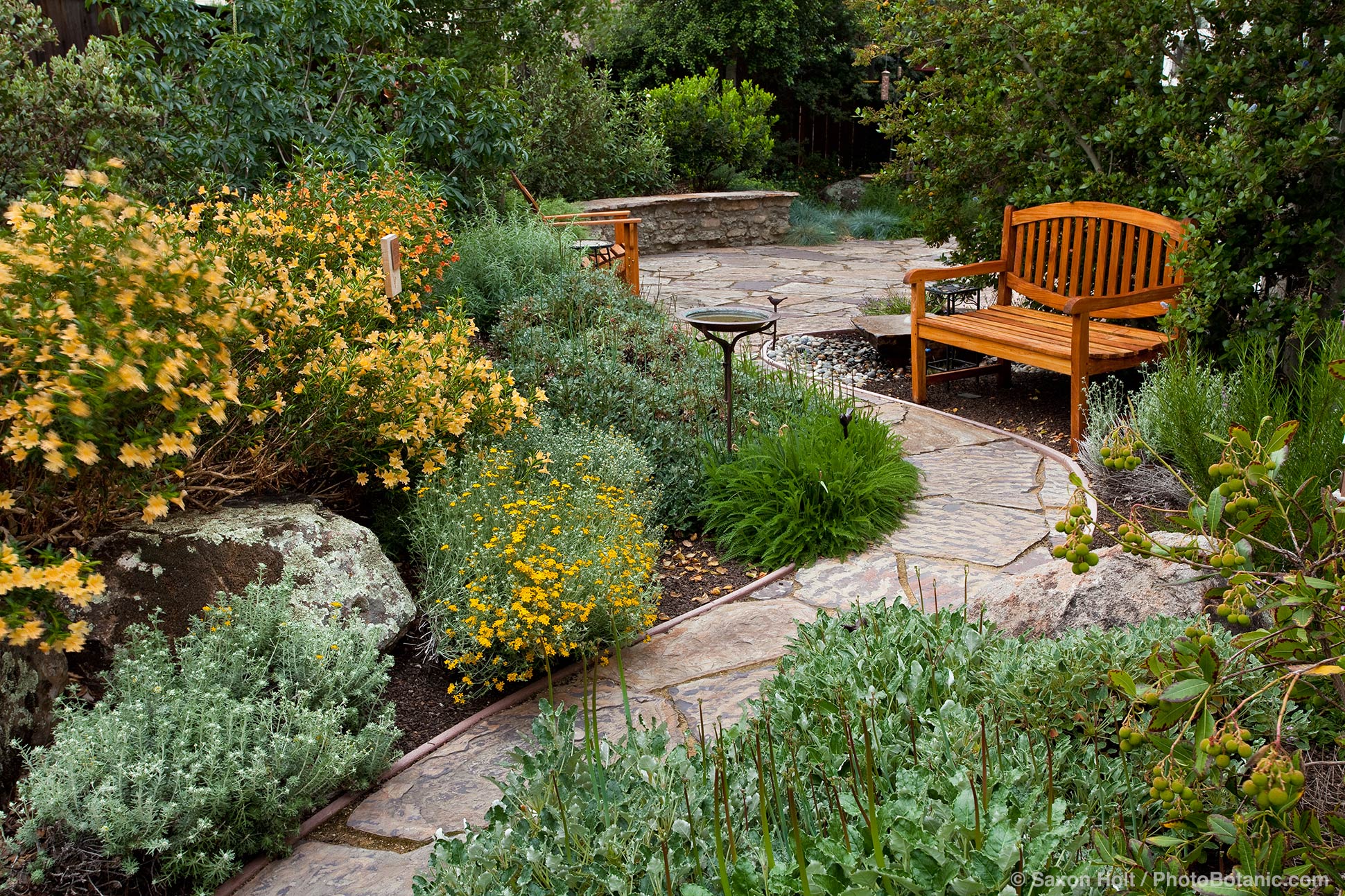Table Of Content

Always become familiar with the types of native garden plants that may already be growing on your property. This not only gives you an idea of the types of plants that thrive in your particular location but also makes it easier as you begin gardening with native plants and adding them to your design. Native plants flourish in their natural environment and complement the surrounding landscape of your home. Creating a native garden with seasonal interest, from spring through winter, requires careful planning and placement of long-lasting bloomers and a variety of foliage plants.
Use native plants
If you don’t want to bother with that, Moore says add natural compost like leaf compost to soil. For an area with moist soil, try swamp milkweed or New York ironweed. Plants with pithy stems like Joe Pye weed are easy for insects to burrow into for homes, while other insects prefer woody stems found in shrubs like rhus sumac. This website, logo, images, and content are the proprietary property of Wild Ones®.
Yes, You Can Create a Native Plant Garden!
Hermanson would be remiss if she didn’t mention the old design adage of “thriller, filler, and spiller” since she deems it an oldie but a goodie for a reason. Healthy herbs are the result of healthy soil, so don’t skimp on quality soil amendment. Next, get a wide pot or planting bed,” says Hermanson, who advises using a half wine barrel from the nursery, a 4" x 4" raised bed or something roughly that size. “From there, pick a variety of woody and soft-leaved herbs, along with one-to-two edible flowers,” she says. Early flowering plants include trees like serviceberry and eastern red bud, forbs like Golden Alexander and perennial early shrubs. “Native plants are important to the beneficial insects in our ecosystem, providing the food and habitat they depend on,” Pleasanton said.
Making way for new plants
A natural garden with native and ornamental plants that are kind to the environment. Showy pincushion-like flowers attract butterflies, moths, and other beneficial insects. Native to much of the U.S., this sturdy carefree shrub makes a good substitute in areas where butterfly bush is invasive. Be sure to leave a border, fence, or space between the native plantings and walkways. It’s helpful to communicate with your neighbors about your intentions. However, since I don’t have much gardening experience and am newer to the area, I thought it best to consult with a local native plant expert here in Georgia.
Native plants are perfectly suited to our climate, soil, and wildlife—learn more how to choose the right plants. Shrubs fill the middle layer of your garden, bridging the gap between the tall canopy and the ground. Choose shrubs of varying heights and blooming periods to maintain year-round interest and support. The granite steps, brick path, clipped boxwood, and apple and crabapple trees provide structure, while the forget-me-nots that have seeded at the edges of the path bring a sense of spontaneity. If you plant one forget-me-not or toss some of its seeds in your garden, you will have its haze of sky blue in unexpected places in a year or so—the sort of occurrence that gives a garden charm. Ahead, fun and fanciful herb garden ideas to get the garden party started.
Landscaping expert transforms public garden by ignoring lawnmowers and focusing on native plants: 'It looks so ... - The Cool Down
Landscaping expert transforms public garden by ignoring lawnmowers and focusing on native plants: 'It looks so ....
Posted: Sat, 05 Aug 2023 07:00:00 GMT [source]
Don't say'I'll just prune it' and put a redwood tree under a 4' window itwon't work. You cannot 'fluff it up', or 'tie it up', or stake itup either. A groundcover tied to a stake looks like a groundcovertied to a stake, not a tree. Design in a 'forest',a 'desert',a 'prairie',a 'wetland'(wet spot) or whatever community you think will work.Remember this is easiest to do if you stay within the communityblock. Join us in spreading the message and inspiring others, showcasing your habitat as a beacon of environmental stewardship. We look forward to sharing these resources and hosting conversations with the new designers we are partnering with on the designs later this year.
It is good to begin with defining your goals for the landscape and your capacity to help you decide what parts you need help with and which things you can choose to tackle on your own. Search out the needed landscape professionals suited for each phase of the project. The work within each priority area can be phased in over time and is intended to be accomplished in coordination with various landscape professionals as needed, and as time and money allow. This large single-family home sits on a sloped one-acre property in the rolling hills of suburban New Jersey. The wooded east side at the top of the slope backs onto a public natural area.
Consider ways to manage stormwater; you may need to direct it, slow it down, allow it to sink in or store it. Front yard – Once more shade is established in the front yard by the oak tree & redbud, everything else may be planted. The weeds usually overwhelm the creek in a year or so.A bunch of rocks and weeds does not increase the selling price ofa house, nor does an old truck with flowers planted in it, theylook similar. A decomposed granite path with boulders, logs andplants can usually create the same feeling with a whole lot lesswork.
Understanding the specifics of your garden's environment is key to successful landscape gardening. Assess the patterns of sunlight and shade throughout the day and across seasons. Consider your local climate, including temperature ranges and precipitation patterns. These factors will determine which native plants will thrive in your garden. By the end of the year, the program produced nine ecoregion-specific designs for Boston, Chattanooga, Chicago, Denver/Front Range, Milwaukee, Minneapolis, St. Louis, Tallahassee and Toledo. The California Native Garden Foundation at The Center for Urban Sustainability offers ecological garden design, build and management services.
Most bird species depend on insects for raising their young, so having successional blooming will bring a lot of species of wildlife to your yard. A plant is considered native if it has occurred naturally in a region or habitat, without human introduction. Anyone with access to a piece of land or sidewalk strip can use this plan. These boxes have succession planting, so there is something blooming all 3 seasons—plus a small red cedar tree and Christmas fern in winter.
Whether by coaxing specific edible items from the earth or simply for the splendor of an ornamental landscape, gardening has long been about shaping the wild world.This hasn't always been a bad thing, necessarily. But given the current state of land use, it's time for a shift away from a manicured garden with non-local species in support of more natural areas, and especially, for embracing native plants. Part of the reason I started Native Backyards was to share my own backyard adventures with growing native plants.
They are very hard to maintain, irrigate (on berms you dohave to irrigate), and keep the plants alive on. If the berm lookis desired, put larger growing plants there, in the center, andwork down to smaller ones. Think about your water source, do you even need water forthe plants? We've heard of people spending thousands ofdollars on sod lawns only to discover the water bill is hundredsof dollars per month and a maintenance bills hundreds more. If you have a lawn area, use plantsthat live next to the creeks of your target community next tothe lawn; watermoves through them to your plants in the dry areas. Aproperly designed native garden looks like a formal park orclean, weed free, native ecosystem.
This sturdy shrub has attractive multi-seasonal interest, with serrated green leaves, white flowers, blue fruit and colorful fall foliage. It attracts a wide range of birds and butterflies and is tolerant of different growing conditions. To find these on Facebook, search for “native plants” and your state, city or county. This will pull a list of the native plant gardening groups near you.
On this property, understanding native plant communities that thrive in N.J. Woodlands and on sunny streambanks will inform the selections and increase the chances of success. Bydoing a natural planting, you can move to a native site faster,lowering inputs sooner.
One way to help achieve this is by bringing more native plants into the yard. For example, the dense blazing star is a striking plant that tends to be less favored by deer, ensuring your garden remains intact. Similarly, the great blue lobelia, with its vibrant blue flowers, is often bypassed by nibbling fauna while still attracting pollinators like hummingbirds and bees. An introduced species is one that humans have relocated to a new area, intentionally or accidentally, making it non-native. Introduced species are not always harmful; they can be advantageous.
When designing, take this into consideration and vary the textures of your plantings. This provides interest for the eyes and relieves the monotony of similar foliages. So if everything blooms and then loses its leaves or flowers at the same time, you’ll be left without texture, so choose plants with multiple blooming times. You can design with complementary colors, analogous colors, or monochromatic color schemes. These are perfect environments for native ferns and other native shade-loving plants.

No comments:
Post a Comment